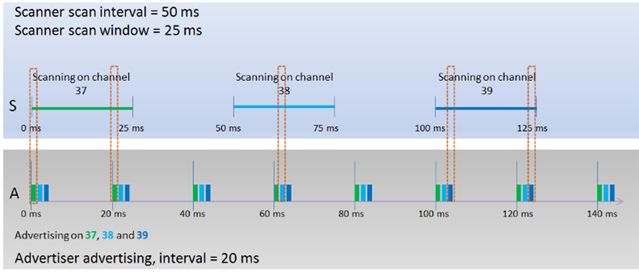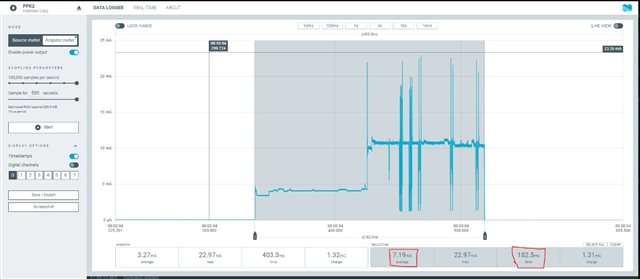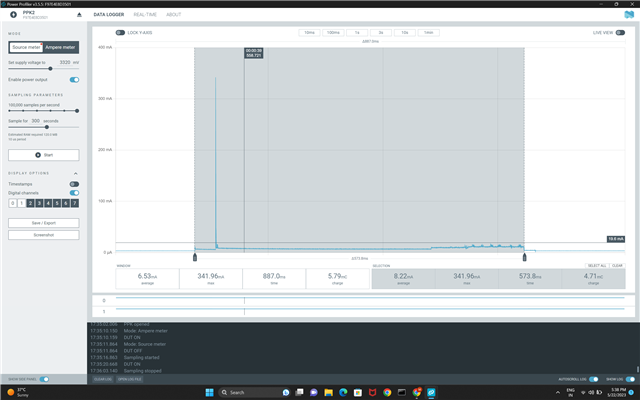I'm using NCS V2.2.0 with the UBLOX module (nrf52832). I changed the example of the sensor server. UBLOX module's power turns off, then turns back on extetrnally(through a separate IC) for my application. The module was automatically unprovisioned after five hours of flawless operation.
I am not able to debug why this is happening, and am not sure how to prevent it.
Can someone help me figure out the problem or even bypass it?
Let me know if you need anything else.
Thanks





